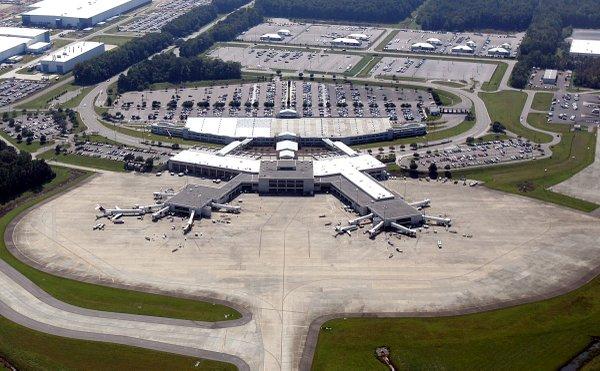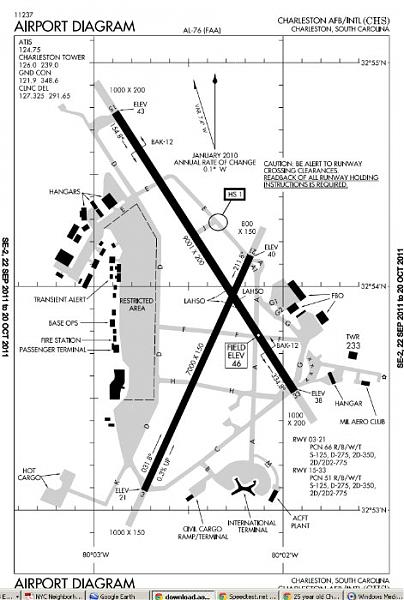“Okay, here is an article about Charleston International Airport (CHS) written in English, aiming for approximately 2000 words.
Artikel Terkait Okay, here is an article about Charleston International Airport (CHS) written in English, aiming for approximately 2000 words.
- Okay, Here Is An Article About Aspen/Pitkin County Airport (ASE) In English, Aiming For Approximately 2000 Words.
- Okay, Here Is A Comprehensive Article About Airport Car Rentals, Aiming For Approximately 2000 Words.
- Okay, Here Is An Article About Charlotte Douglas International Airport (CLT) In English, Aiming For A Length Of Approximately 2000 Words.
- Okay, Here Is A 2000-word Article In English About Car Rental At Fort Lauderdale-Hollywood International Airport (FLL).
- Okay, Here Is An Article About Charlotte Airport (CLT) Hotels, Written In English And Aiming For Approximately 2000 Words.
Table of Content
- 1 Artikel Terkait Okay, here is an article about Charleston International Airport (CHS) written in English, aiming for approximately 2000 words.
- 2 Video tentang Okay, here is an article about Charleston International Airport (CHS) written in English, aiming for approximately 2000 words.
- 3 The Gateway to the Lowcountry: An In-Depth Look at Charleston International Airport (CHS)
Video tentang Okay, here is an article about Charleston International Airport (CHS) written in English, aiming for approximately 2000 words.
Okay, here is an article about Charleston International Airport (CHS) written in English, aiming for approximately 2000 words.

The Gateway to the Lowcountry: An In-Depth Look at Charleston International Airport (CHS)
Charleston, South Carolina, is a city steeped in history, renowned for its stunning architecture, vibrant culture, and unparalleled Southern charm. Nestled along the picturesque coastline of the Lowcountry, it draws millions of visitors each year, eager to explore its cobblestone streets, savor its acclaimed culinary scene, and soak in its unique atmosphere. Serving as the primary aerial gateway to this beloved destination is Charleston International Airport (CHS), a modern, efficient, and increasingly vital transportation hub that connects the Lowcountry to the rest of the United States and beyond. More than just a point of arrival and departure, CHS is an integral part of the region’s infrastructure, economy, and identity, reflecting the very spirit of Charleston itself.
This article delves deep into the multifaceted world of Charleston International Airport, exploring its rich history, its strategic location, the passenger experience it offers, its operational complexities, its significant economic impact, and the exciting developments shaping its future. From its origins as a military installation to its current status as a bustling international airport serving a rapidly growing metropolitan area, CHS tells a compelling story of adaptation, growth, and enduring importance.
A Rich History: From Military Origins to Civilian Gateway
The history of Charleston International Airport is inextricably linked to the military presence in the region. Its roots trace back to the early 1940s when the United States Army Air Forces established Charleston Army Airfield during World War II. This facility played a crucial role in the war effort, primarily serving as a base for anti-submarine patrols and later as a training and transport hub.
Following the war, the airfield transitioned to the newly formed United States Air Force, becoming Charleston Air Force Base. While primarily a military installation, the potential for civilian aviation was recognized early on. In 1949, a joint-use agreement was established, allowing civilian air traffic to operate from the base. This marked the official beginning of Charleston’s civilian airport operations, albeit on a much smaller scale than today.
The early decades of civilian flight at Charleston were characterized by modest facilities sharing runways and airspace with military operations. As air travel became more accessible and popular in the latter half of the 20th century, the need for dedicated civilian infrastructure grew. A significant milestone occurred in 1985 with the opening of a new, dedicated civilian terminal building. This facility, though expanded and renovated significantly since, formed the core of the airport as many travelers know it today.
The joint-use agreement with the military base, now part of Joint Base Charleston (JB CHS), remains a defining characteristic of CHS. The civilian airport shares the primary runways and air traffic control facilities with the military. This unique arrangement requires close coordination between the Charleston County Aviation Authority, which operates the civilian airport, and the U.S. Air Force. While presenting unique operational considerations, this partnership has also allowed the civilian airport to benefit from world-class runway infrastructure maintained by the military.
Over the years, CHS has undergone numerous expansions and renovations to keep pace with surging passenger demand. These projects have systematically added gates, expanded terminal space, improved concessions, enhanced security areas, and modernized facilities. The most significant transformation in recent history was a multi-phase, multi-year expansion and renovation project completed in the late 2010s. This ambitious undertaking fundamentally reshaped the passenger experience, adding significant capacity and modernizing virtually every aspect of the terminal. This history of continuous improvement underscores the airport’s commitment to serving the growing needs of the Lowcountry region.

Location and Accessibility: The Gateway to the Lowcountry
Charleston International Airport is strategically located in North Charleston, South Carolina, approximately 12 miles northwest of downtown Charleston. Its location is highly advantageous, situated near major transportation arteries that connect it efficiently to the wider metropolitan area and beyond.
The primary access route to CHS is via Interstate 26 (I-26), a major east-west interstate highway that runs from Charleston inland. Exit 213 (International Blvd) off I-26 leads directly to the airport entrance. This direct interstate access makes traveling to and from the airport relatively straightforward for those driving from downtown Charleston, the surrounding suburbs, or other parts of the state.
For travelers, a variety of ground transportation options are available at CHS. Rental car agencies are conveniently located on-site, offering a wide selection of vehicles for exploring the Lowcountry. Taxi services, rideshare services (like Uber and Lyft), and pre-booked shuttle services are readily available at designated pick-up zones outside the terminal. While public bus transportation exists in the Charleston area, direct and frequent routes specifically serving the airport are limited, making private or shared transport the most common options for travelers.
Parking facilities at CHS are designed to accommodate different traveler needs and durations. Options typically include:

- Parking Garage: Offers covered parking with the closest proximity to the terminal, ideal for short stays or convenience.
- Surface Lot: Located adjacent to the garage, providing uncovered parking, often at a slightly lower rate.
- Economy Lot: Situated further from the terminal but connected by a free shuttle service, offering the most economical option for long-term parking.

The ease of access and the availability of multiple transportation and parking choices contribute significantly to the overall convenience of traveling through CHS
